OSCA 1600 GT
Do you know what this two-tone sports coupé with a four-cylinder engine has to do with Maserati? More than you might think at first glance. Follow us on the way into the history of the O.S.C.A. brand, which began in 1947. Strictly speaking, however, a look at the year 1937 must be thrown beforehand. At that time, the Maserati brothers sold their racing car company of the same name to Adolfo Orsi. They contractually guaranteed their skills for a further ten years. What they couldn’t have guessed was the outbreak of World War 2, which raged for most of this contract. In addition, they didn’t get along with the new company owner, which is why they didn’t seek an extension of their contracts in 1947. Instead, they founded the Officine Specializzata Costruzioni Automobili in Bologna. Short terms were O.S.C.A. or OSCA. Here they again devoted themselves to the construction of sports and racing cars, now usually with four-cylinder engines. From the late 1950s there was close cooperation with Fiat.
Fissore today almost unknown
One of the projects was the 1200 and 1500S Cabriolet designed by Pininfarina. The 1.5-liter engine of the more powerful variant was developed by OSCA. In 1962, the displacement increased to 1.6 liters. OSCA also used this twincam engine in its own sports cars. Together with Gilco, a chassis was developed that was suitable as a platform for various bodies. In addition to Zagato and Touring, Fissore also manufactured superstructures. This coachbuilder from Savigliano near Turin is one of the rather unknown companies today. Between 1920 and 1984, however, numerous well-known vehicle designs were created here. Among other things, Fissore was responsible for almost all Monteverdi models. There were also one-offs and small series for De Tomaso, TVR, DKW, Opel and Fiat. The styling of the Alpine-Renault A310 was also created at Fissore on the desk of then chief designer Trevor Fiore. Based on the OSCA 1600 GT, the Italian coachbuilder created a notchback coupé with twin headlights.








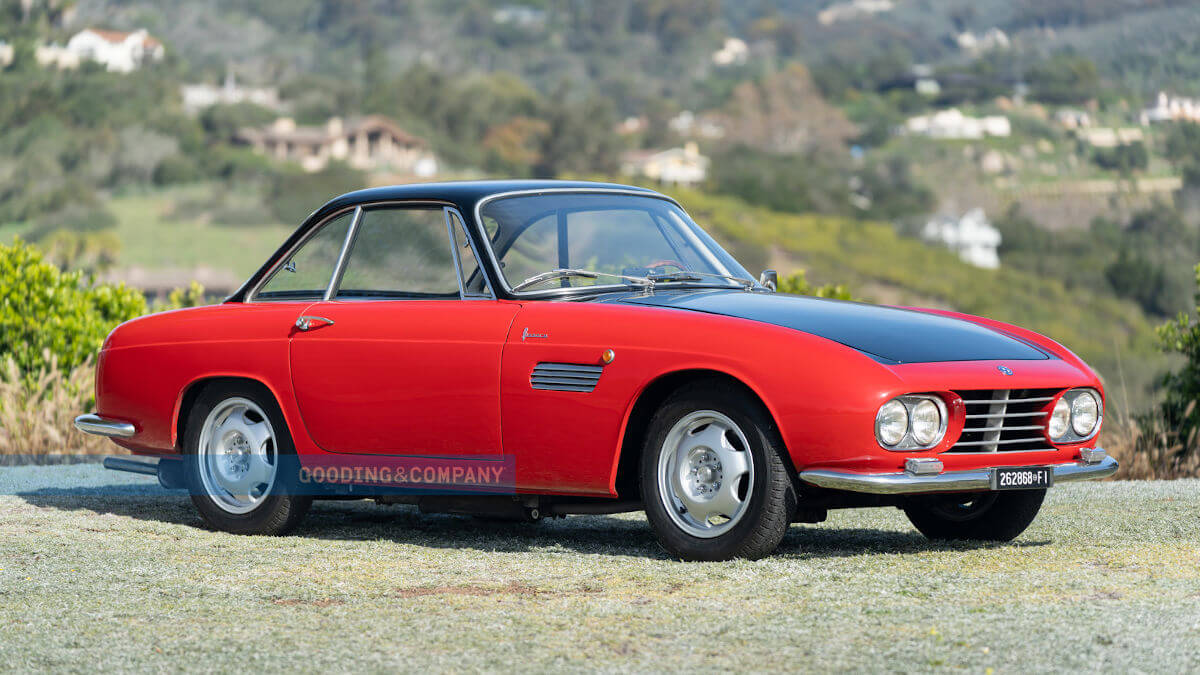



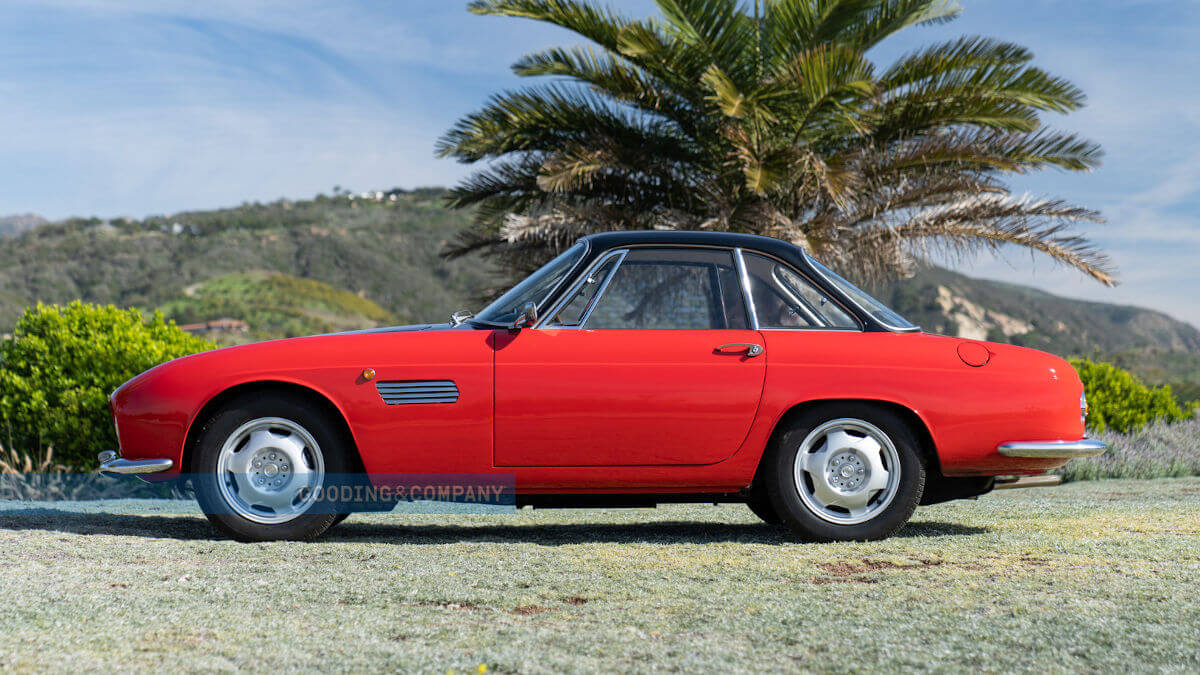











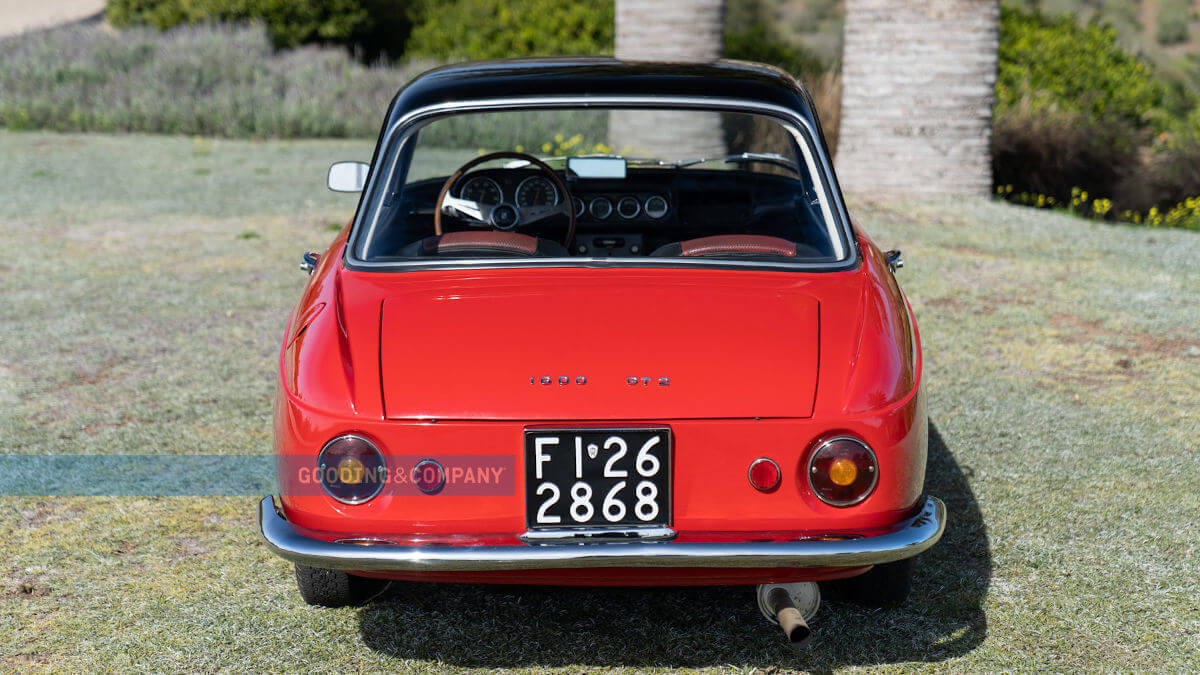







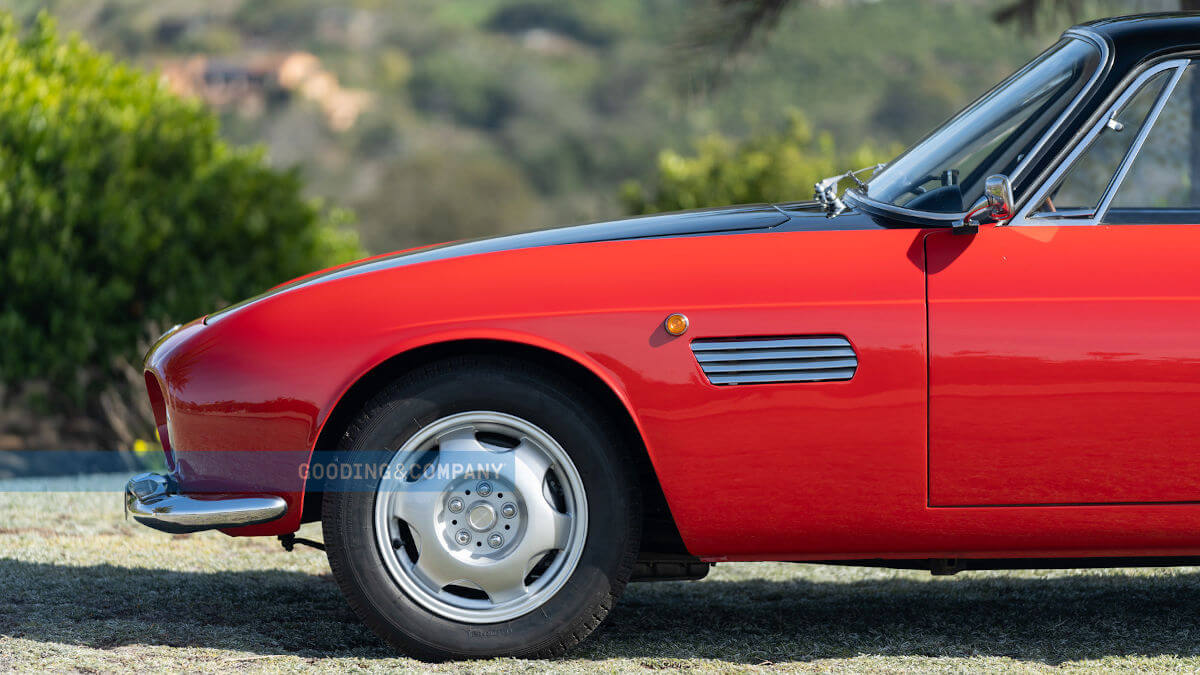



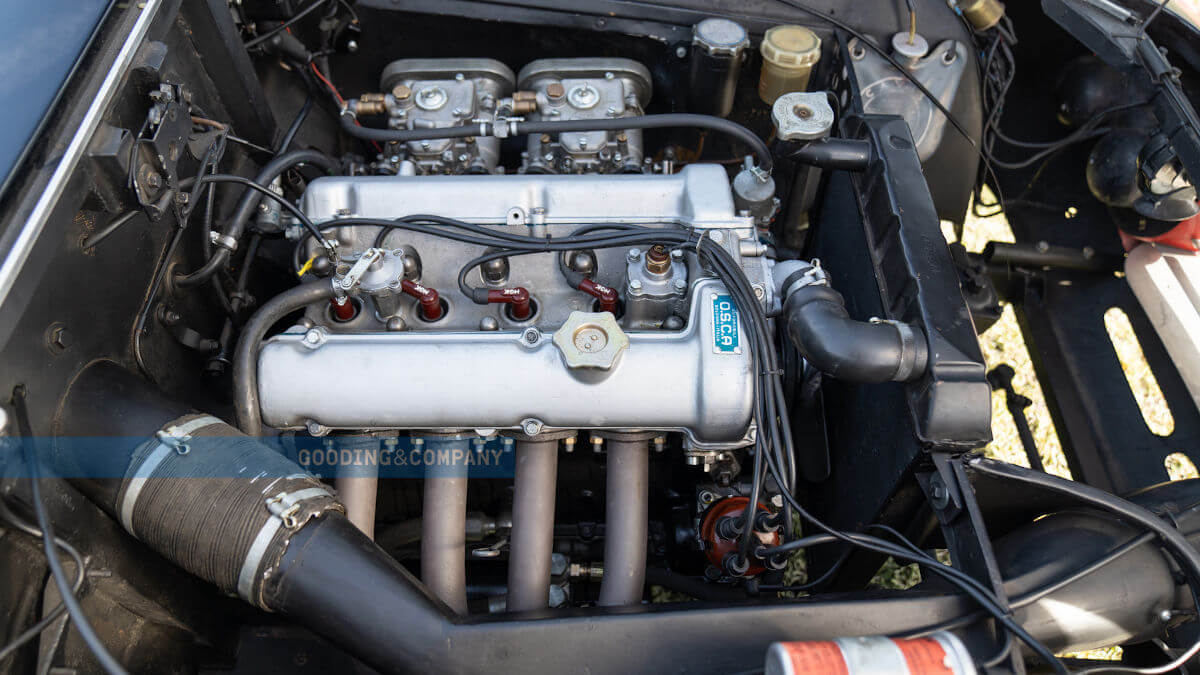



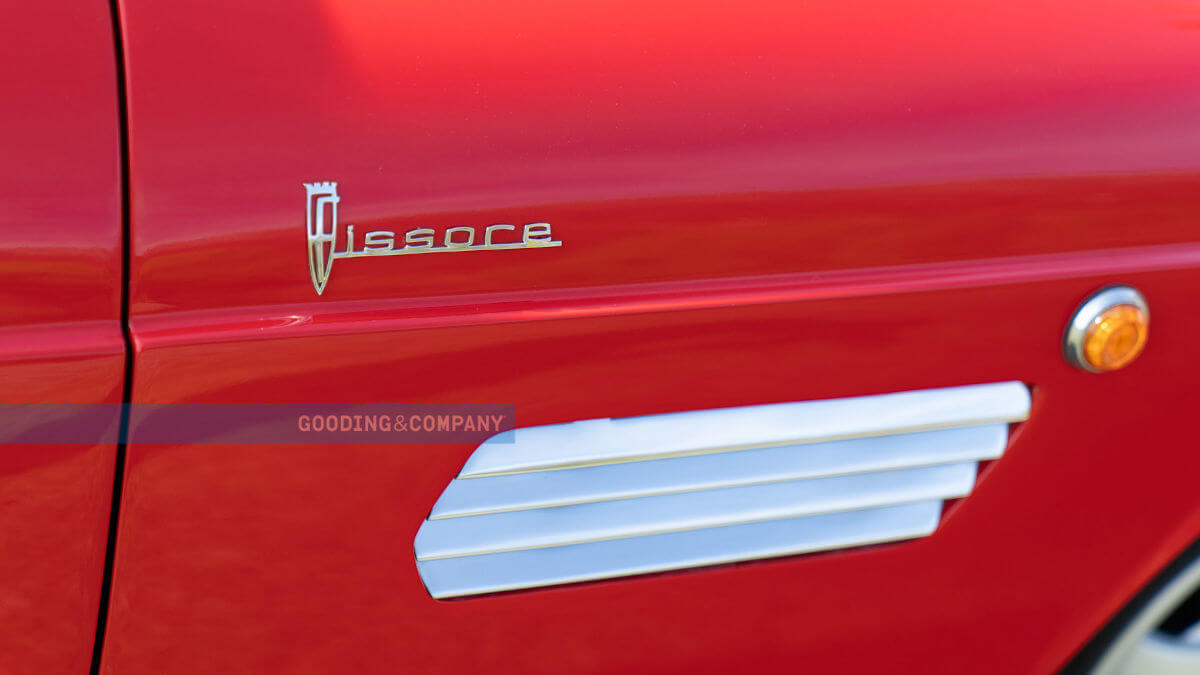











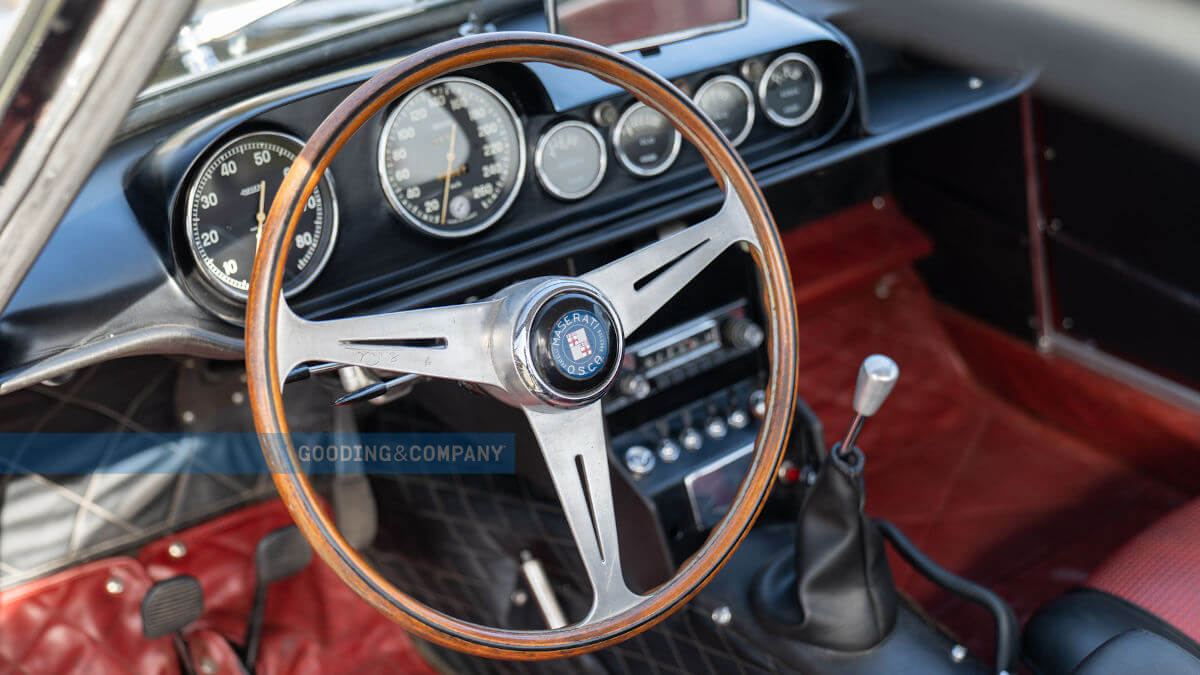



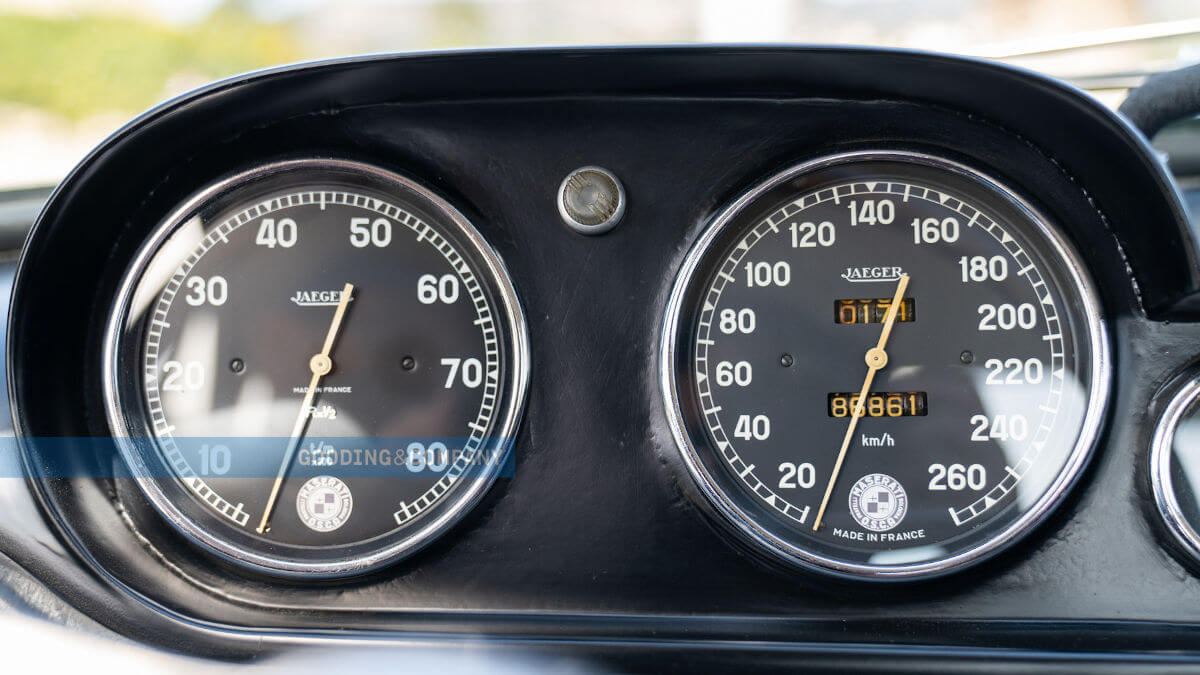



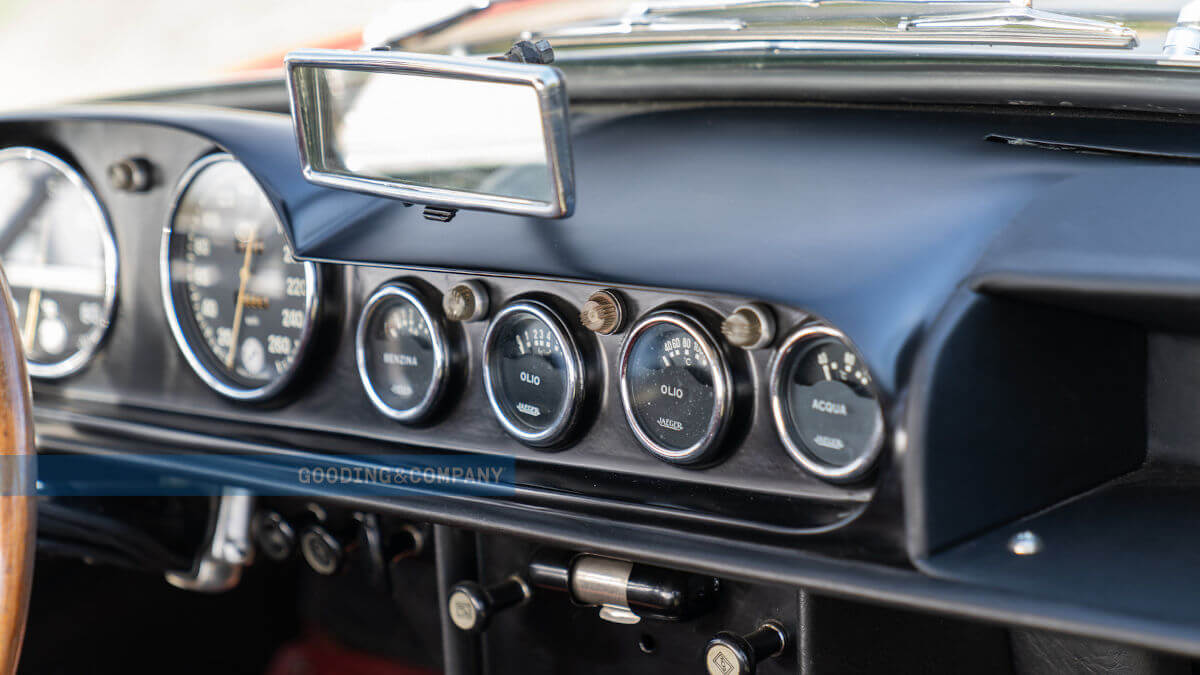



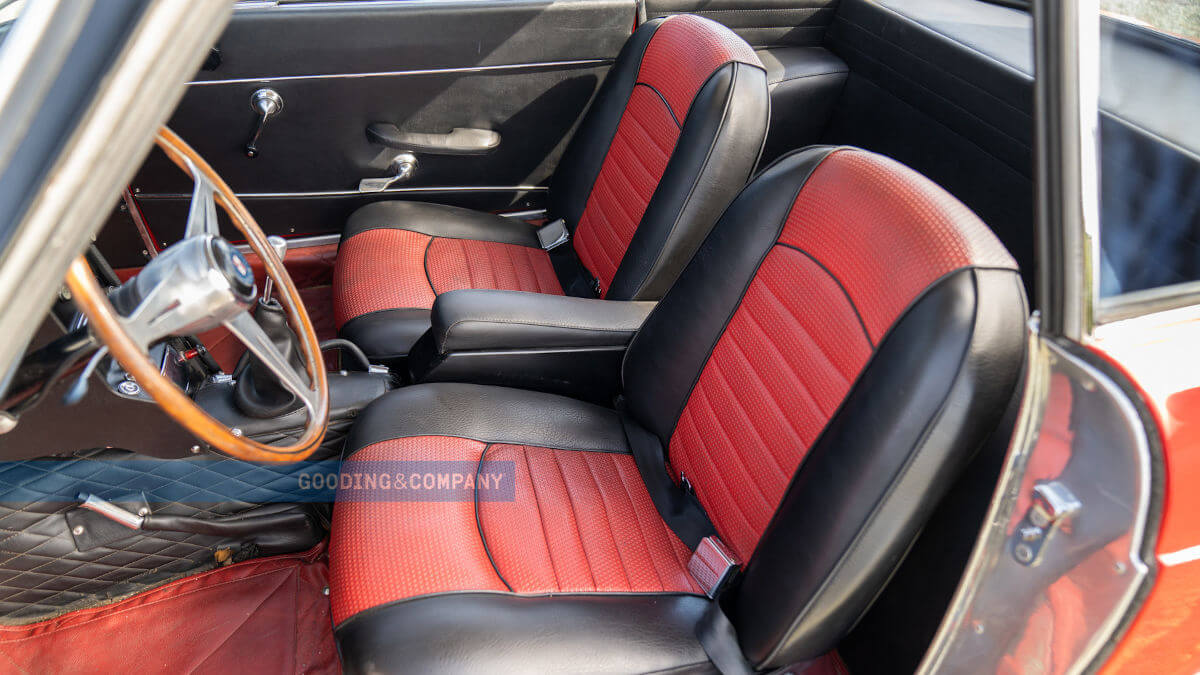



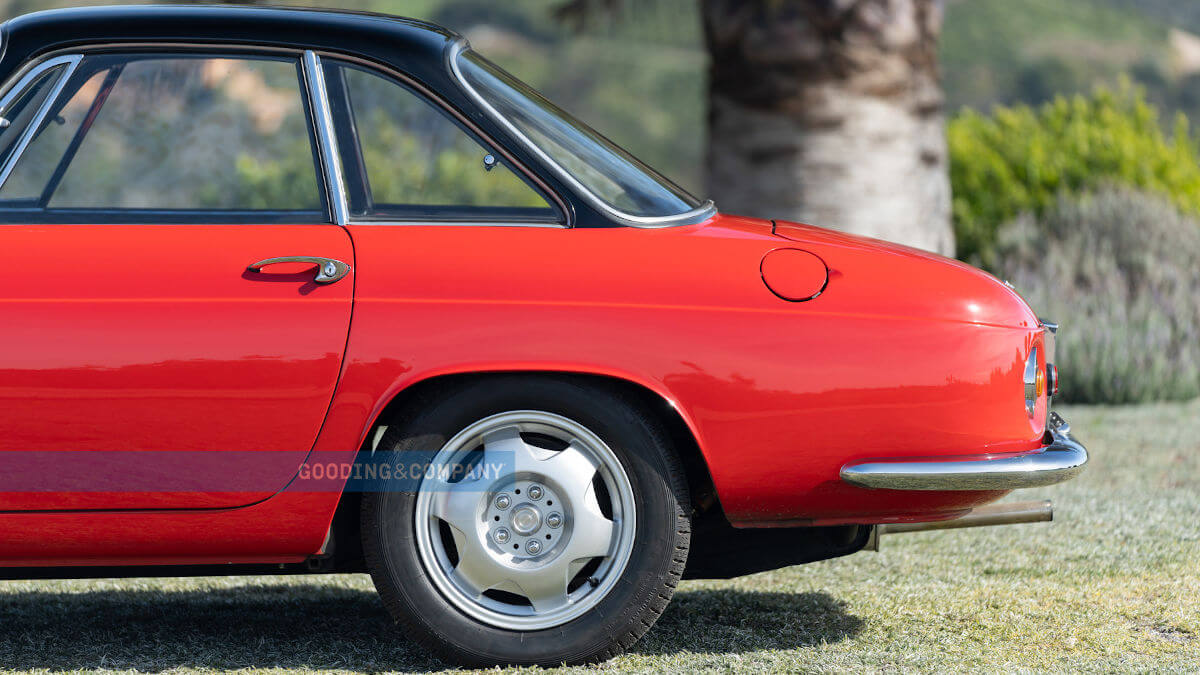







1600 GT at Gooding & Company
Between 1962 and 1967, 24 units of the 1600 GT passed through the Fissore halls. Three of them were designed as convertibles at the customer’s request. Zagato built 98 coupés from 1960, Touring only two. Another four vehicles received special bodies from Boneschi and Morelli. The 1.6-liter four-cylinder engine produced 95 hp. This value increased to 105 hp with a double carburettor system. A power increase to 140 hp could be ordered as an option for competition purposes. A manual four-speed gearbox transferred power to the rear wheels. Gooding & Company is auctioning off a 1964 OSCA 1600 GT at the Amelia Island Concours. This car was originally sold to Salvatore Ferragamo S.p.A. in Florence. Alfredo Pierucci took over the sports car after just two years, followed in 1967 by Renzo Andrei and shortly thereafter by Ida del Bigallo. The OSCA then was part of Mario Righini’s car collection until the mid-1990s.
Auction in Amelia Island
Two more owners in Italy followed in the 2000s and finally in 2017 Karsten Wohlenberg in Germany. The 1600 GT is now at home in Southern California. During its time in Italy, this sports coupé received FIVA certification. This enables participation in major concours and classic car events. The technical components were recently restored. Visually, the OSCA is also in excellent condition. Its two-tone paintwork in red and black emphasizes the angular body. At the March 4 auction, Gooding & Company expects a hammer price to range between US$ 350,000 and US$ 425,000. This makes the sports car another highlight of the Concours d’Elegance in Amelia Island. The 1600 GT was OSCA’s final model. In 1967 the small sports car manufacturer closed its doors forever.
Images: Gooding & Company




